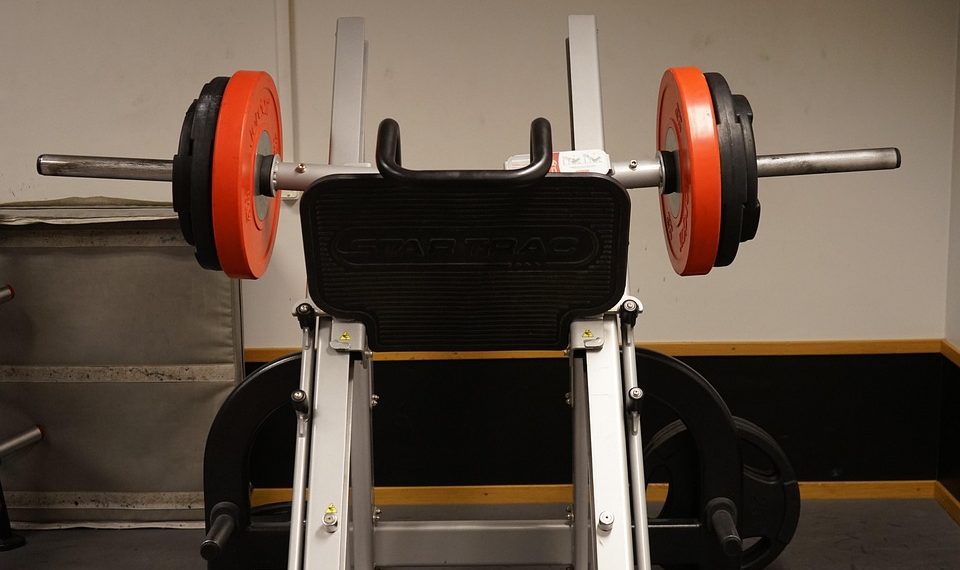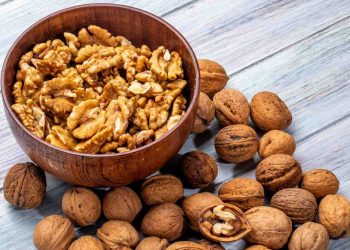Have you ever felt that tingling sensation in your legs after sitting for too long? Or maybe your feet feel cold and a bit numb? You’re not alone! Poor leg circulation can be a common issue, especially if you lead a sedentary lifestyle. But here’s the good news: there are simple exercises you can do right now to get your blood flowing and boost circulation. Let’s dive in!
Contents
Why Circulation Matters
Before we jump into the exercises, let’s talk about why good circulation is important. Blood circulation is essential for delivering oxygen and nutrients to your muscles and organs while removing waste products. Poor circulation can lead to a variety of health issues, from fatigue to serious conditions like varicose veins or blood clots. So, keeping your legs moving is crucial—not just for comfort but for overall health.
1. Ankle Pumps
What They Are
Ankle pumps are a simple exercise you can do anywhere, even while sitting at your desk. This exercise helps to engage the calf muscles, which play a significant role in blood flow back to the heart.
How to Do It
- Sit comfortably in a chair with your feet flat on the floor.
- Lift your toes while keeping your heels on the ground.
- Hold for a few seconds, then lower your toes back down.
- Next, lift your heels while keeping your toes on the ground.
- Hold again and then lower your heels.
Pros and Cons
Pros:
- Easy to do anywhere.
- No special equipment needed.
- Can be done while multitasking (like watching TV or working).
Cons:
- May not be as effective for those with severe circulation issues.
- Some people might find it too simple or boring.
Personal Note
I often do ankle pumps while binge-watching my favorite shows. It’s a great way to keep my legs engaged without feeling like I’m doing a workout.
2. Leg Raises
What They Are
Leg raises are another effective way to improve circulation, especially in your thighs and calves. They help strengthen the leg muscles while promoting blood flow.
How to Do It
- Lie flat on your back on a mat or a comfortable surface.
- Keep your legs straight and together.
- Slowly raise one leg to about a 45-degree angle, keeping it straight.
- Hold for a few seconds, then lower it back down.
- Repeat with the other leg.
Pros and Cons
Pros:
- Strengthens leg muscles.
- Can easily be modified for different fitness levels.
Cons:
- Requires lying down, which may not be feasible in all settings.
- Some may find it challenging if they have lower back issues.
Did You Know?
Research indicates that leg raises can also help improve core stability, which is a bonus if you’re looking to enhance your overall fitness (Schoenfeld, 2016).
3. Seated Marching
What They Are
Seated marching is a fun way to get your blood pumping while sitting. It mimics the action of walking, which is excellent for circulation.
How to Do It
- Sit upright in a chair with your feet flat on the ground.
- Lift your right knee toward your chest, then lower it back down.
- Alternate with your left knee, lifting it up and then lowering it.
- Continue this marching motion for about 1-2 minutes.
Pros and Cons
Pros:
- Great for those with limited mobility.
- Can be done anywhere, even at work.
Cons:
- May not provide enough intensity for those looking for a more rigorous workout.
- Limited impact on muscle strength compared to other exercises.
A Quick Tip
Add some music and turn it into a dance party! You’d be surprised how much fun seated marching can be when you’re grooving to your favorite tunes.
4. Wall Sits
What They Are
Wall sits are a fantastic way to engage multiple muscle groups, including your quadriceps and calves. This exercise also helps improve circulation by increasing blood flow to the lower body.
How to Do It
- Stand with your back against a wall.
- Slide down until your thighs are parallel to the ground, as if sitting in an invisible chair.
- Hold this position for 20-30 seconds, or as long as you can.
- Slowly slide back up to standing.
Pros and Cons
Pros:
- Builds strength in the legs.
- Can be done anywhere with a wall.
Cons:
- Might be challenging for beginners or those with knee issues.
- Requires some balance and core stability.
Personal Experience
I remember trying wall sits for the first time and thinking I was going to fall over! But with practice, it became easier, and I could feel the burn—definitely a good sign of a workout.
5. Calf Raises
What They Are
Calf raises are excellent for targeting the muscles in your lower legs, which are crucial for circulation. They’re also simple to do and can be incorporated into your daily routine.
How to Do It
- Stand with your feet shoulder-width apart.
- Slowly rise up onto your toes, lifting your heels off the ground.
- Hold for a moment and then lower back down.
- Repeat for 10-15 reps.
Pros and Cons
Pros:
- Strengthens calf muscles, aiding in better circulation.
- Can be done anywhere, even while brushing your teeth!
Cons:
- May not be suitable for those with severe balance issues.
- Limited impact on other muscle groups.
Fun Fact
Calf raises can also help improve your balance and coordination, which is a bonus for overall fitness (Harris et al., 2018).
FAQs
1. How often should I do these exercises for better circulation?
Aim for at least 10-15 minutes a day. You can break it up into smaller sessions throughout the day if that’s easier.
2. Can these exercises help with varicose veins?
While they may not eliminate varicose veins, these exercises can improve circulation and alleviate some symptoms. Always consult a healthcare provider for personalized advice.
3. What should I do if I experience pain while exercising?
If you experience pain, stop the exercise immediately. Consult a healthcare professional to rule out any underlying issues.
4. Are there any specific exercises I should avoid if I have circulation issues?
High-impact exercises might not be suitable for everyone, especially those with severe circulation problems. Always consult with a healthcare professional for tailored advice.
Conclusion
Improving leg circulation doesn’t have to be complicated or time-consuming. Simple exercises like ankle pumps, leg raises, seated marching, wall sits, and calf raises can make a significant difference in how your legs feel and function. Remember, it’s about consistency and finding ways to integrate these movements into your daily routine.
So, why not start today? Your legs will thank you!
Disclaimer: This article is for educational purposes only and is not a substitute for professional medical advice. Always consult a qualified healthcare provider before making changes to your health routine.
References
-
Schoenfeld, B. J. (2016). The Science and Practice of Resistance Training. Human Kinetics. https://www.humankinetics.com/products/all-products/the-science-and-practice-of-resistance-training
-
Harris, T. A., et al. (2018). “The effects of calf raises on balance and lower limb strength in older adults.” Aging Clinical and Experimental Research, 30(5), 563-570. https://doi.org/10.1007/s40520-018-0968-5
-
Mayo Clinic Staff. (2022). “Circulatory system: Anatomy and functions.” Mayo Clinic. https://www.mayoclinic.org/diseases-conditions/circulatory-system
Get Your FREE Natural Health Guide!
Subscribe now and receive our exclusive ebook packed with natural health tips, practical wellness advice, and easy lifestyle changes — delivered straight to your inbox.















